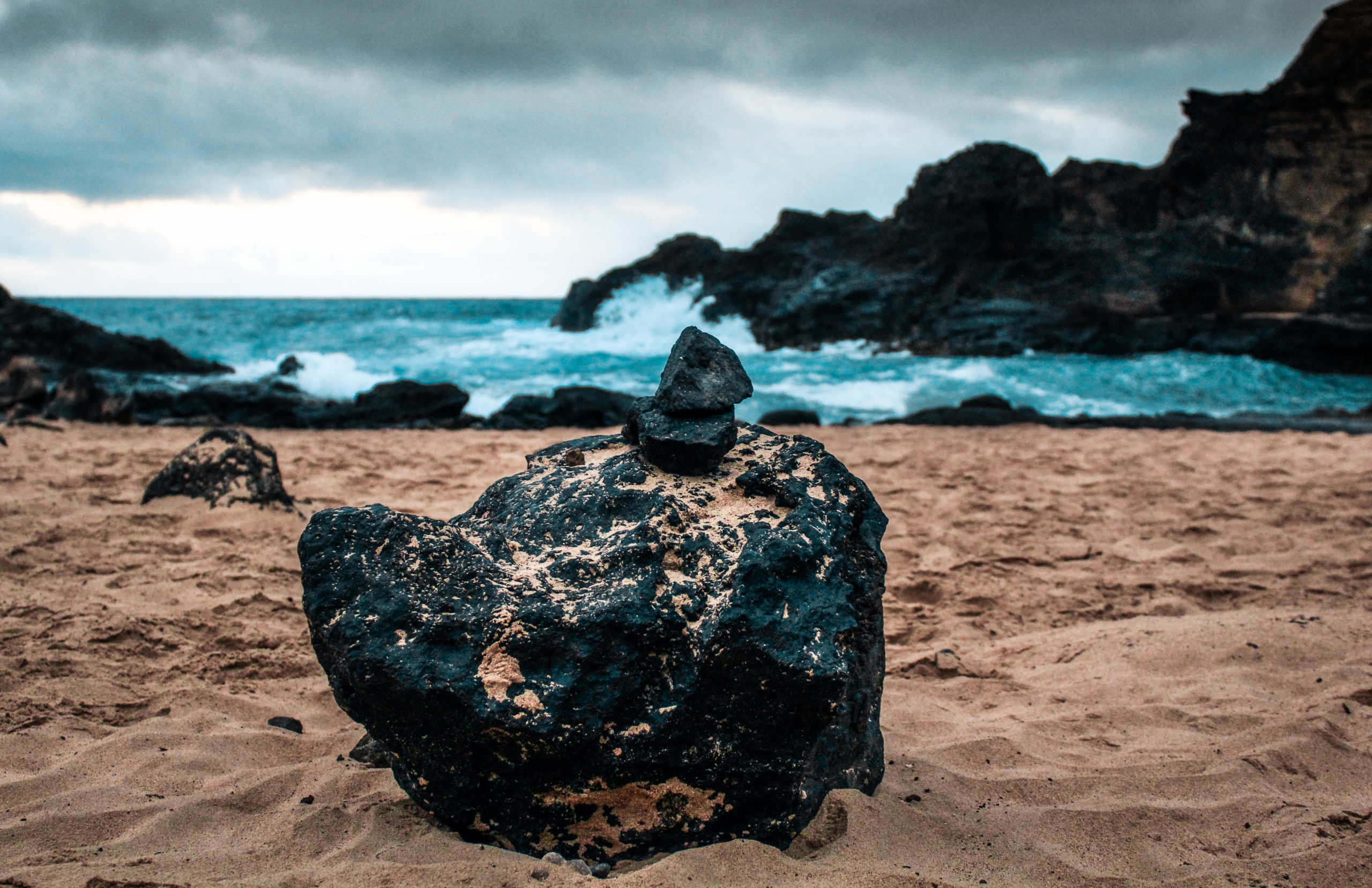
Seeking Understanding
“Ku’ia kahele aka na’au ha’aha’a. (A humble person walks carefully so as not to hurt others.)”
As Fund for Education abroad mentions: “[To be culturally sensitive, one must seek] to understand the culture from the perspective of those who belong to it, rather than as an outsider.” As a person who is not indigenous to the sacred land of Hawai’i, I participated in self-education before my departure and made myself aware of the historical and current events that shaped Hawai’i into what it is today.
When studying about the annexation of Hawai’i, I learned about how the overthrow of the monarchy, and the loss of sovereignty by Queen Lili’uokalani, are still felt by Native Hawaiians to this day. With pertinent details of their history being left out in some teachings of American History, like how the Queen was forced to abdicate after U.S. marines stormed the islands without Presidential approval, it is understood why such sentiments have endured over a century later. More minute facts, like how the Queen renounced the thrown swiftly to avoid the loss of Native Hawaiian lives, were heart-wrenching—especially after understanding that U.S cruiser Boston was sent to Hawai’i to allegedly protect American lives. Self-teaching was an emotional roller coaster, for thoughts constantly filled my mind as I tried to gather why my American History class skipped over the fact that Grover Cleveland, who was President at the time, withdrew the annexation treaty from the U.S. Senate and ordered an investigation into imperialistic actions that took place. Because of the overlooking of pieces of information like this, Sanford B. Dole and John L. Stevens remain successful in maintaining the aftermath of their staged coup.
Today, many Native Hawaiians suffer from being displaced from their ancestral lands. After arriving to Hawai’i, the first thing I noticed about my surroundings was the sheer amount of people who are without homes and without the resources to healthily sustain themselves. As I walked through the streets of O’ahu, capturing images for my photography class, I became more aware of the demographics of those who experience homelessness. Despite the fact that they only account for ~10% of the island’s population, Native Hawaiians account for ~51% of the people facing homelessness—overrepresenting as indigenous residents. These statistics are why generations of descendants have called for the prevention of further displacement. Through social media, I notice first-hand how many “influencers” have moved to the islands, and with people with high income purchasing land for personal use, Native Hawaiians continue to lose their homes, along with their identity. With tourism acting as a major vessel in which Natives preserve their culture, I cannot help ponder about sustainable tourism actually is while non-Natives continue to visit Hawai’i (as COVID-19 persists) and enjoy what life has to offer to people with socio-economic privilege.
While composing this journal, I have to recognize the impact that I personally have on the island and its people. I, too, am traveling during a time where the coronavirus persists, and although I take precautions (e.g., following mandate, becoming vaccinated, wearing a mask, social-distancing where I can), I understand that I had the opportunity to not participate in my University’s domestic “study away” program. However, I have tried to use my presence here to listen to and share the story of Native Hawaiians. At a mandatory excursion to a Lu’au, I spoke to the workers individually and learned about the various backgrounds they come from. One woman, two years older than me, was working to pay for college after losing her student job to the transition to online schooling. A man, three years older than me, was working to support his mother and siblings who lived on another Polynesian island. All of the employees, who saw each other as family, agreed that sharing their culture was the way to preserve their culture, especially while in a community where there was much influence from non-Native immigrants. Though I did not mention many, it is stories like these and voices like these that I wish to empower.
In all my interactions, I hope to make a beautiful impact on the life of another, all the while allowing that person to do the same to me. What I have acquired thus far is that learning from people takes a considerable amount of understanding, and paying attention to the personal stories of those we meet is very important. Stories are ends in themselves–tales that we can learn from, repeat, dissect, or savor; they are experiences that we cannot undergo ourselves. At times, we find ourselves judging people based on our own experiences and background, but when we take the time to understand people’s stories, it is easier to understand the minds of those who are not like us… it is easier to be culturally sensitive.
*The image attached is one of crashing waves that I captured on July 14th, 2021. As I took the picture, I thought about how one can find peace within chaos. Thus, as I write about the tragedy that the indigenous people of Hawai’i have endured, I hold in my heart hope for a future of social justice and equity.
